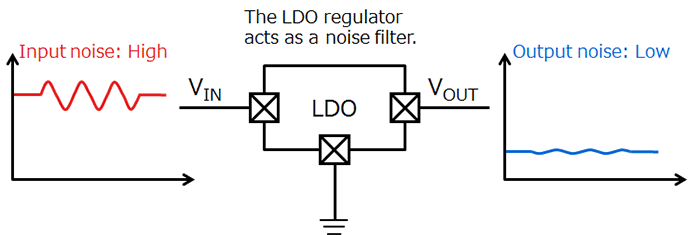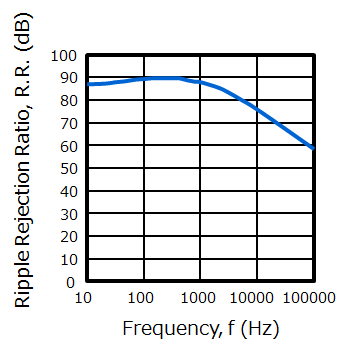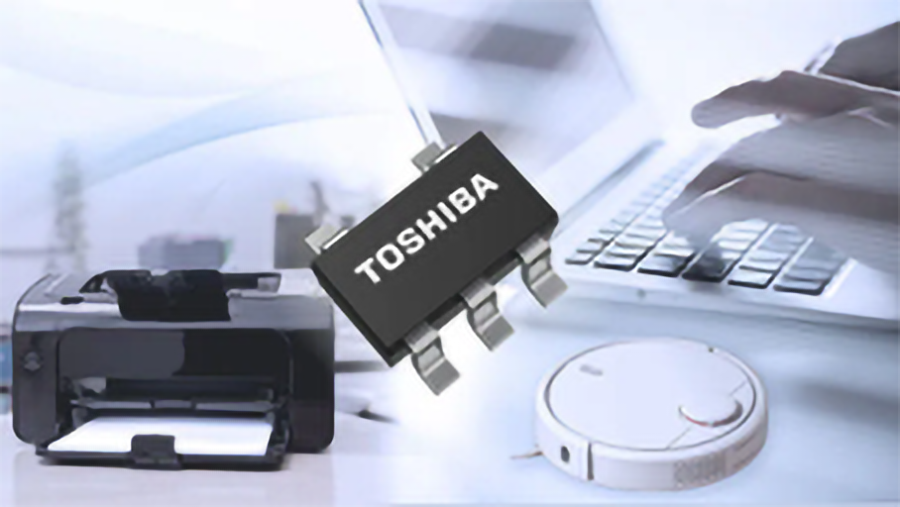- 半導體首頁
-
應用Automotive
Body Electronics
xEV
In-Vehicle Infotainment
Advanced Driver-Assistance Systems (ADAS)
Chassis
IndustrialInfrastructure
BEMS/HEMS
Factory Automation
Commercial Equipment
Consumer/PersonalIoT Equipment
Healthcare
Wearable Device
Mobile
Computer Peripherals
-
產品車用元件
Discrete Semiconductor
Diodes
電晶體
通用邏輯IC
Analog Devices
Digital Devices
Wireless Devices
※
: Products list (parametric search)
功率半導體※
: Products list (parametric search)
隔離器/固態繼電器Photocouplers
Digital Isolators
※
: Products list (parametric search)
MOSFETsIGBTs/IEGTs雙極性電晶體※
: Products list (parametric search)
Diodes※
: Products list (parametric search)
微控制器馬達驅動 ICs智能功率 ICs※
: Products list (parametric search)
電源管理 ICs線性 ICs※
: Products list (parametric search)
通用邏輯 ICs線性影像感測器其他產品其他產品
※
: Products list (parametric search)
-
開發/設計支援
開發 / 設計支援
-
技術知識
- 購買管道
- 型號 & 關鍵字搜尋
- 交叉搜尋
- 參數搜尋
- 線上庫存查詢跟購買
This webpage doesn't work with Internet Explorer. Please use the latest version of Google Chrome, Microsoft Edge, Mozilla Firefox or Safari.
型號需要超過三個文字以上 Search for multiple part numbers fromhere.
The information presented in this cross reference is based on TOSHIBA's selection criteria and should be treated as a suggestion only. Please carefully review the latest versions of all relevant information on the TOSHIBA products, including without limitation data sheets and validate all operating parameters of the TOSHIBA products to ensure that the suggested TOSHIBA products are truly compatible with your design and application.Please note that this cross reference is based on TOSHIBA's estimate of compatibility with other manufacturers' products, based on other manufacturers' published data, at the time the data was collected.TOSHIBA is not responsible for any incorrect or incomplete information. Information is subject to change at any time without notice.
型號需要超過三個文字以上
How can a low-noise power supply be created using an LDO regulator?

If input voltage (VIN) has noise such as ripples, it is advisable to select an LDO regulator with a high ripple rejection ratio (R.R.).
R.R. is a figure of merit that represents the capability of an LDO regulator to filter out the ripples superimposed on VIN from the output.
Use R.R. as a guide when using an LDO regulator in analog and other highly noise-sensitive circuits. In cases where an LDO regulator is preceded by a DC-DC converter, an LDO regulator with a higher R.R. is more suitable for CMOS sensor and other high-precision analog circuits because a high-R.R. LDO regulator provides an excellent noise suppression capability. The ripple rejection ratio is calculated as follows:

R.R. varies with ripple frequency. R.R. decreases as ripple frequency increases.
The R.R. curve shown in Figure 2 indicates that 200-Hz ripples can be suppressed to roughly 1/30000th whereas 100,000-Hz ripples can be suppressed to only roughly 1/800th.
The ripple rejection ratio is also called the power supply rejection ratio (PSRR) or the supply voltage rejection ratio (SVRR).

相關信息
The following documents also contain related information.



